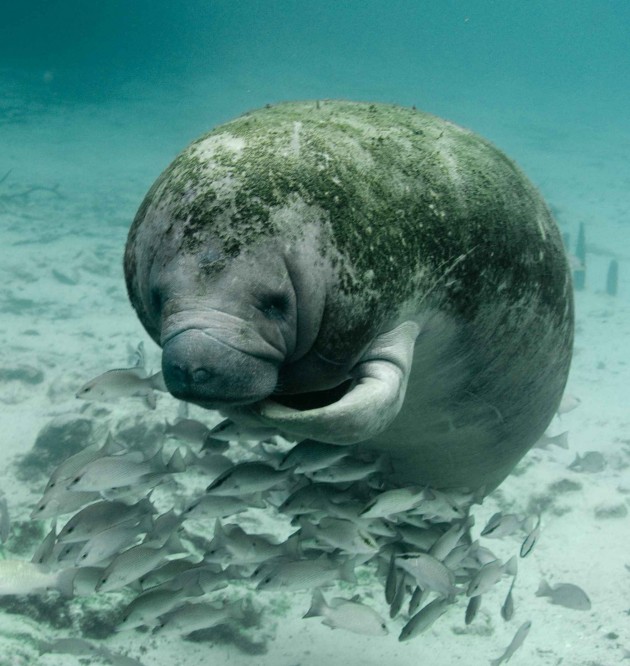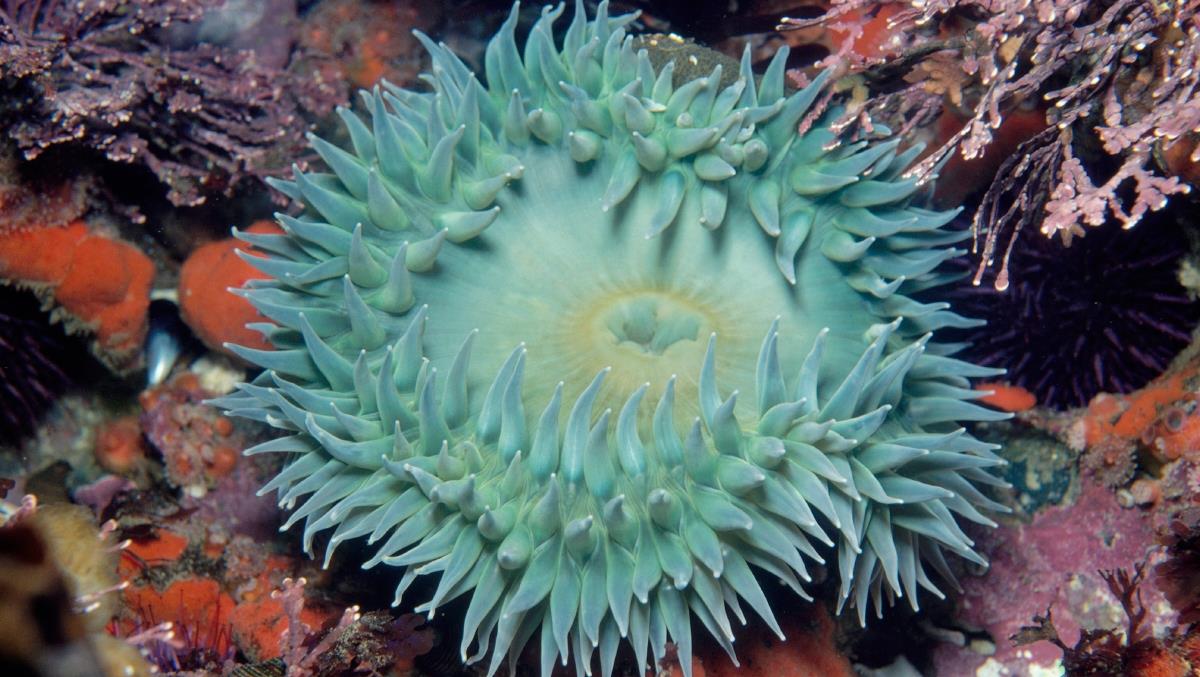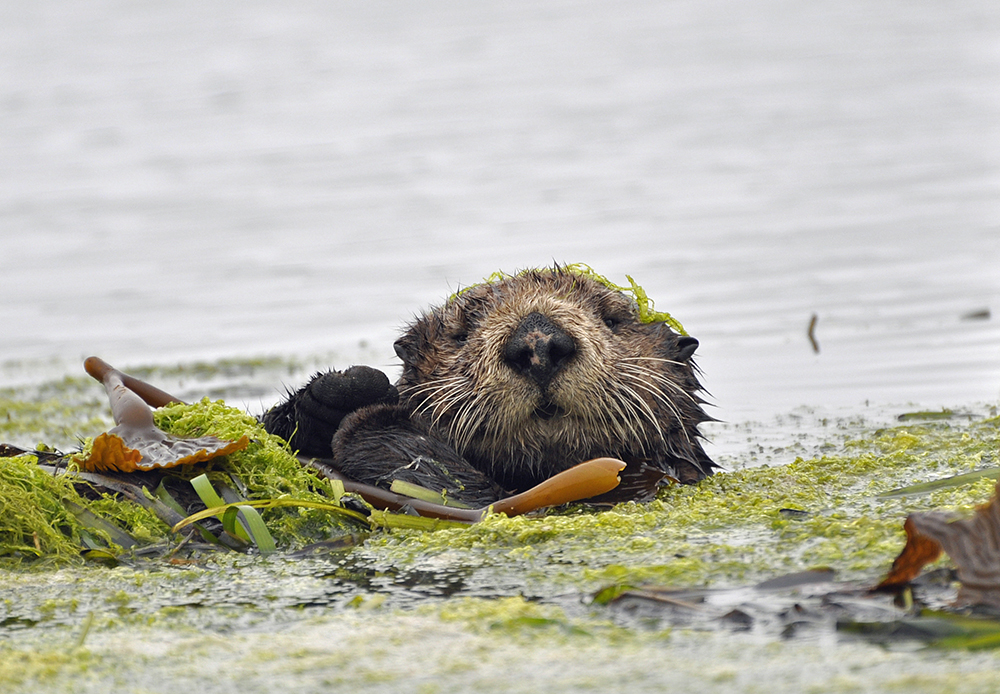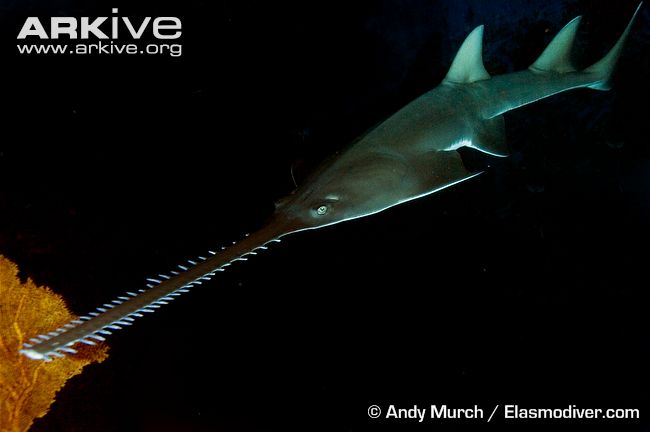Marine and Green
By Jackie Lindsey, Vertebrate Ecology Lab
Happy St. Patrick's Day from all the critters wearing green under the sea!

Florida manatees swim so slowly (3-5 miles per hour) that they can accumulate an algae coat on their skin.

Giant green anemones consume algae, and produce their own green color to match.

Southern sea otters wrap themselves securely in algae, so they don't drift away while they sleep.

Green turtles can have green algae (as well as red and brown) growing on their hard shells, which provides a tasty snack to reef fishes.

Green sawfish, found off the coast of Australia, have a naturally greenish tinge to their skin. No algae required!
Do you want to know more about these animals and algae? Come ask a marine scientist at Moss Landing Marine Lab's Open House: April 11th and 12th

